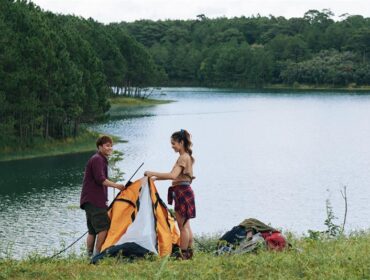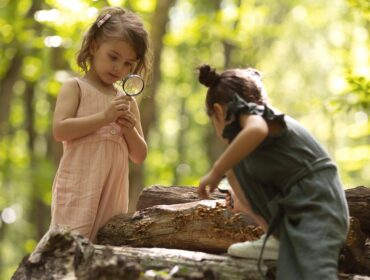The Florida Everglades are one of the United States’ most unique ecological habitats, as they foster a wide variety of terrestrial and aquatic life. Although much of the Everglades is comprised of sawgrass marshes, there also exists areas of hardwood forests, dry pinelands, cypress swamps, coastal prairies, and dense mangrove forests, each of which provide necessary habitat for a number of native and migratory species. If you should ever take a trip to this spectacular region, you will likely come across many forms of wildlife. Here are 5 of the most common critters found in the Florida Everglades.
1. Great White Egret

The Great White Egret is a slender and majestic bird that is common to the Florida Everglades but has largely decreased in number due to the pollution of its habitat. It stands 41 inches tall with a 55 inch wingspan. The egret hunts in marshy areas by coiling its neck in preparation to strike. Once it spots a fish or a reptile, it stabs at it with its powerful neck and jaws.
2. Florida Otter

Otters are fun and playful cat-sized creatures that are known for their excellent swimming skills. Their diet is diverse and includes everything from small land animals like muskrats and young beavers to the fish, frogs, crayfish, and turtles found in local waters. Otters hunt crayfish by sniffling their whiskers into the beds of rivers and ponds. Once their whisker finds a crayfish, the otter digs at the bed until it has catches its prey.
3. Bald Eagle

This popular bird of prey can often be spotted flying around the Florida Everglades. You’ll recognize it instantly by the distinct white feathers on its head that contrast with its dark body feathers, thus rendering the raptor with a “bald” look. The bald eagle’s skeleton only accounts for 6 percent of its weight because the bones are lightweight and hollow, while the eagle’s feathers weigh twice as much as its entire skeleton! Because the Bald Eagle is at the top of the food chain, it is commonly used to measure the health of ecological systems.
4. American Crocodile

The American Crocodile, one of 13 different species in the world, has a pointed snout and a long, narrow skull. They use their powerful tails to propel them through the water at great speeds of up to 20 mph. As long as their environment is stable, crocodiles can live up to 100 years! In the winter, these fierce animals build nests to hold their eggs using their strong back legs. These nests can hold up to 50 eggs and take approximately 10 weeks to hatch.
5. Florida Panther

One of the most beautiful wild big cats in America, the Florida Panther is a tawny brown color that camouflages well into the environment of the Florida Everglades. It slinks through the forest almost soundlessly, making it a fearsome predator. Once it spots its prey, which includes boar, rabbit, and deer, it charges with incredible speed. Unfortunately, habitat degradation has been a significant threat to these animals.
Wrapping up our post on the critters of Florida everglades, we thought you might also like: 5 Endangered Animal Species of Florida!
Featured Image from cameramandan83/Unsplash




